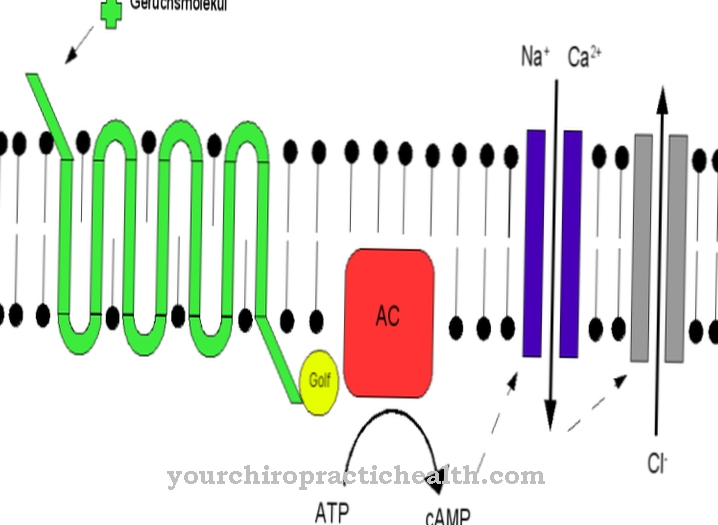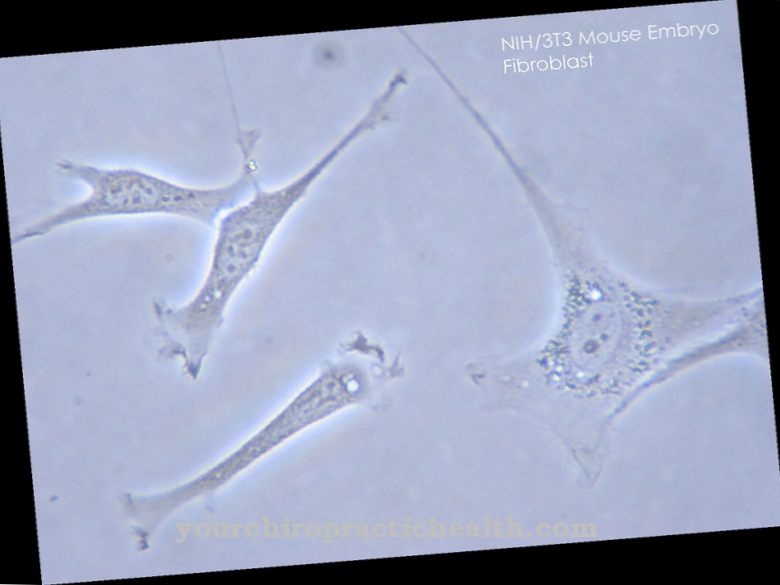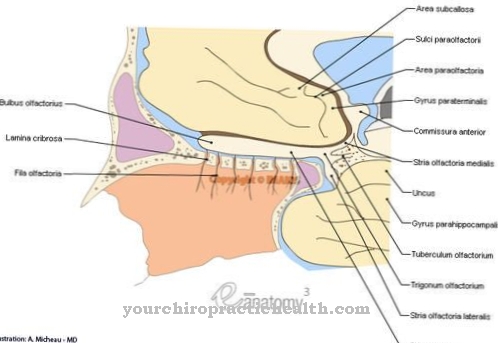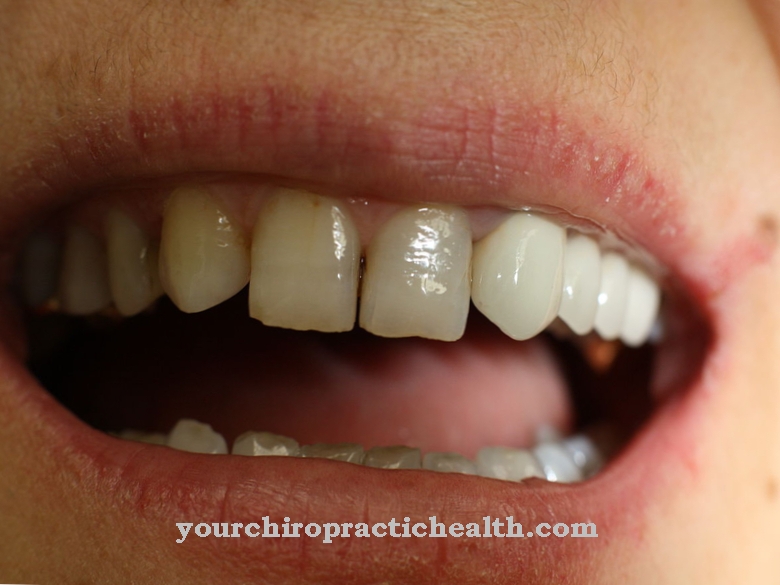The Sweat glands are located in the skin and ensure that sweat formed there is excreted through it. Their job is to regulate the body's heat balance. In some parts of the body there are so-called scent glands, which secrete sweat, which has the typical smell. In all other places the sweat is odorless.
What are sweat glands?

Sweat glands are distributed over the entire human body in the skin. They usually produce odorless sweat that is excreted through the skin.
This is done to regulate the temperature in the organism. However, some sweat glands also produce sweat, which is noticeable due to its typical smell. This type does not develop until puberty and is often associated with the sebum glands. In the animal kingdom, the secreted smell is also used to mark the territory or to control sexual behavior.
Under certain circumstances, diseases of the sweat glands can develop, such as a lack of or excessive sweating. Benign ulcers or abscesses can also form on the glands, which must be opened and / or removed by the doctor.
Anatomy & structure
The human Sweat glands are divided into two groups. The so-called eccrine sweat glands are located in the dermis below the epidermis. They are about 0.4 mm in size and distributed over the whole body.
Each gland is enveloped by a thick membrane. They are not related to the body hair. The apocrine sweat glands, on the other hand, are closely connected to the hair follicles. In contrast to the eccrine glands, they are 3 - 5 mm larger and lie deeper in the skin, more precisely in the subcutaneous tissue. They are only developed during puberty and are also known as scent glands, as they generate sweat, which is characterized by its typical scent.
In total, humans have around 2 to 4 million eccrine sweat glands, which occur in different concentrations depending on the region of the body. Most of the glands are found on the soles of the feet, least of them on the thighs.
Function & tasks
The eccrine Sweat glands primarily serve to regulate the temperature of the organism. If people stay in a warm environment or if their body temperature rises due to physical exertion, they sweat off. This is excreted through the pores and cools the body down.
How much sweat has to be produced depends on how much the temperature rises. The sweat secreted by the eccrine glands is basically odorless. It consists of water, table salt and fatty acids as well as nitrogenous substances. For this reason, excreting sweat is also a minor detoxification process. Antibacterial substances and a slight acidity in sweat ensure healthy and supple skin and maintain an optimal pH value.
The apocrine sweat glands not only give off the sweat itself, but also certain fragrances. These are decisive for the individual body odor and play a not inconsiderable role in social and sexual behavior.
They are only located in certain areas of the skin, such as the armpit or genital area. Sweat is secreted not only when the temperature rises, but also through emotional stress such as fear or excitement.
Illnesses & ailments
Sweat glands rarely lead to serious health problems. However, they can, for example, have an over- or under-function. An inability to produce sweat is called anhidrosis.
This can lead to difficulties with thermoregulation, which can lead to circulatory problems, among other things. Excessive perspiration (hyperhidrosis) is usually perceived as very uncomfortable for the person concerned. In this case, the doctor can obliterate the sweat glands so that profuse sweating does not occur even at low temperatures.
In some cases, the sweat or sebum glands can become blocked, and this can lead to abscesses or benign tumors (adenomas). These can be opened and / or surgically removed by the doctor. Such tumors are not dangerous, but they can affect the person's well-being and should therefore be treated.
You can find your medication here
➔ Drugs against sweating and sweating


.jpg)
























